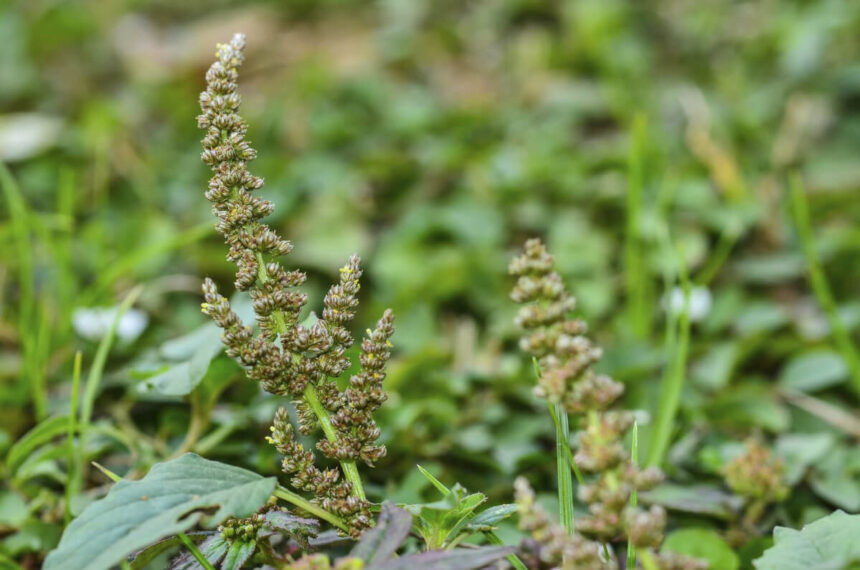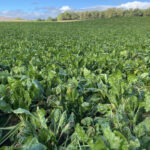Is mchicha farming in Kenya a profitable venture? Mchicha, also known as Amaranth in English, is one of Kenya’s many traditionally grown vegetables.
Although mchicha is one of the traditional/kienyeji vegetables grown in all the country’s regions, its farming is done on a small scale. And surprisingly enough, the greens also grow wild on their own.
Mchicha contains high vitamins A, C, iron, and iron-related minerals. Did you also know you can ground amaranth seeds to make flour from various recipes such as porridge, Ugali, mandazi, and Chapati?
Mchicha Farming in Kenya: Climatic Condition
Amaranth can be grown in almost all climatic conditions with any soil type, providing enough water supply. Even though soil fertility is an issue, it is recommended as they are more conducive to developing this crop.
Type of Mchicha Varieties
There are many amaranth vegetables, but the following thrive well in this country—the four main types of Amaranth, as shown below. You can also notice that the classification depends on the size of their leaves and color.
- Wide Amaranth – This mchicha is usually thick in size, green in color, and has broad leaves.
- Narrow Amaranth – These are known for their characteristic small leaves and grow like a weed on the field. They usually take the shortest time possible to mature and prepare for harvesting and the market.
- White Amaranth – These have long leaves with discoloration.
- Flour amaranth – Though not widespread, this type of Amaranth is usually red during the early stages of growth. When fully matured, it produces plenty of seeds needed for flour making.
The flour may be used in baking, and the leaves cooked as a vegetable or made into soup. Nothing goes to waste 😉
Field Preparation
Preparing the field one month before planting is always good for a bountiful harvest.
It is also advisable to use organic manure rotten to increase soil fertility. These fertilizer types will also bond to the soil and retain long-term moisture.
Here is how to prepare your compost manure:
- Use a 20-liter bucket of compost manure in one square meter.
- Mix the compost well with the soil.
- Plow the grounds to soften and mix the compost two weeks before sowing.
Mchicha Farming in Kenya: Planting
Here there are two ways of planting Amaranth. You can plant the seeds directly in the field or sow seeds in a Seedbed and transfer the seedlings to the ground.
Sowing/planting directly in the field
Here the seeds are sown directly into the field, and later when they have grown, some are uprooted. The remaining plants are left to grow with a minimum of 15-25cm.
The average seed for a hectare of land is approximately 2 two kilograms.
To avoid overlapping the seeds, mix them with the soil in equal amounts before spreading them in the field. Then pour in a small amount of natural earth or soft manure.
Lastly, spread dry grass and water the soil. It would help if you kept watering daily in the morning and evening until the seeds germinated.
Amaranth seeds take three to five days to germinate after the seeds have germinated, remove the grass on top of the soil.
Mchicha Farming in Kenya – Preparing the Seedbed
The seedbed should be soft and fertile enough. So after tillage, rake the soil and break any large clogs to soften it.
Next, create small ridges one meter wide but of any height. Add compost manure in one or two seeds per square meter.
Mix the compost with the soil thoroughly, then place the seeds mixed with the earth in rows about 10 to 15 centimeters apart.
Also, read Carrot Farming in Kenya.
After grinding, cover the seed with a small amount of natural soil or soft mulch. Apply mulch and water.
Lastly, water the seedbed daily during the morning and evening until the seeds germinate. After 4 to 6 days, remove the mulch and continue to water.
Transplanting
After exactly two weeks, the seedlings should be ready for transplanting to the field. Irrigate the seedbed a day before transplanting to avoid causing damage to the roots during transplanting.
Carefully uproot the seedlings and transplant them to a depth of 3cm and 30 to 38cm between rows.
The spacing between one hole and the next should be 15 to 22cm. If you have large seedlings, use the spacing of 60cm from seedling to the future and 60cm from one row to the other; after transplanting the seedlings, water the field in the cool of the day.
It would be best to weed your crops from time to remove weeds. It is also advisable to water the plants in the morning and evening while they are still young.
Mchicha Farming in Kenya: Fertilizer
Apply five grams (a teaspoon) of fertilizer(UREA) every 10 to 14 days for every seedling.
Pests and Diseases
Pests
- Leaf-Eating Beetles – These hard-bodied insects attack leaves by creating piercing holes. You can control or eliminate these pests by spraying insecticides such as Carbaryl (Sevin), Actellic 50% EC, Sumithion, and Dimethoate.
- Cutworms – These greyish worms cut the seedlings closer to the ground. They hide in the field during the day and come out to attack and reduce seedlings in the nursery at night.
Cutworms are prevented by using the drug Sevin or Sumithion. Apply the pesticide to the soil or the hole before transplanting the seedlings. Mchicha Farming in Kenya
Final Thoughts
Mchicha Farming in Kenya is a great way to make a living. Planting, transplanting, and fertilizing can be done quickly following an extension officer’s instructions.
You can increase your yield and maintain a healthy crop using these tips. Pests can be controlled with pesticides, so ensure you are vigilant in applying them when necessary. We hope you enjoy Mchicha Farming in Kenya!







